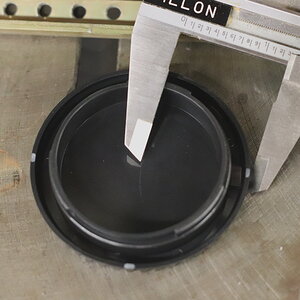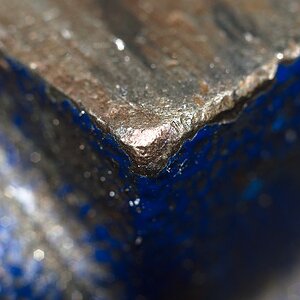elsaspet
TPF Noob!
- Joined
- Dec 14, 2004
- Messages
- 4,054
- Reaction score
- 37
- Location
- Dallas
- Website
- www.visionsinwhite.com
- Can others edit my Photos
- Photos OK to edit
Ummm, there are LOTS of reasons to not shoot raw...
Media people often shoot jpeg because speed of workflow (and keeping your workflow as quick as possible) is more important than the benefits of raw. After all, most press images are used quickly, once, and then forgotten about.
I virtually never shoot RAW simply because of the number of images I shoot, and the fact that my images are shot to appear online where resolution doesn't matter very much anyway.
If you are a wedding and portrait photographer, or an art photographer, I can see your point... but when I go out and shoot high school football for the local paper, take 400 or so different images (which will be converted to black and white) and have exactly 2 hours after the end of the game to have them sorted, cropped, adjusted, the players and plays identified for the cutlines and then on to editorial so they can make the morning edition... RAW is simply a waste of time, space and energy.
Media People huh?
My background is Wire Service Photojournalism. And yes, we ALWAYS shot raw.
All the PJs I know of shoot raw. It takes a nano second to convert and upload.
I always uploaded via remote site, and being wire service I had literally thousands of other photogs going after the days events at the same time. I didn't know one single person shooting jpg. I honestly didn't.
If you shoot RAW, and want to FTP on the fly, all you do is convert and FTP. It takes less than a second. Literally. Even remotely.
But again, it gives you that little bit of break in case you want to take that other nanosecond to change an exposure if you need to.
This has been my experience in professional wire service and photojournalism, and I have to stand by that.


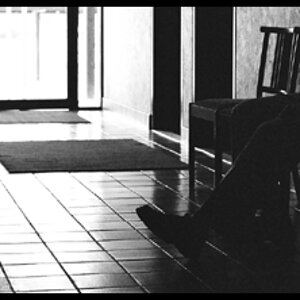
![[No title]](/data/xfmg/thumbnail/31/31094-f975d7e61424996edc28cec3b9dd70a8.jpg?1619734611)
![[No title]](/data/xfmg/thumbnail/39/39478-0db485f4efaffd784bfa5cc75ff7502f.jpg?1619739046)
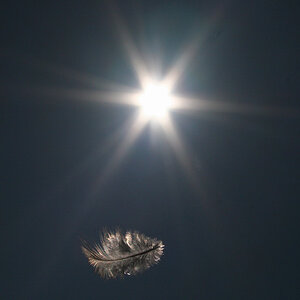
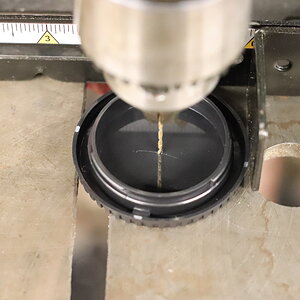
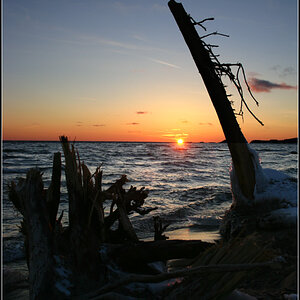
![[No title]](/data/xfmg/thumbnail/39/39480-e4e26ffe5c6148262ac81eff975a5c0e.jpg?1619739047)
![[No title]](/data/xfmg/thumbnail/39/39476-6e232ea205145ad1a1da0690d7617642.jpg?1619739045)
